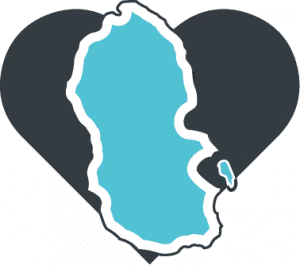
Wildlife on Arran: A Closer Look at the Isle’s Fascinating Creatures
Famously known as ‘Scotland in miniature,’ the Isle of Arran is a captivating blend of stunning landscapes, charming villages, and abundant wildlife that encapsulates the essence of Scotland’s natural wonders.
In this in-depth exploration of Arran’s wildlife, we unveil the island’s secrets, offering insights into its diverse fauna, including land mammals, fish, sea mammals, and a plethora of avian marvels.
So, grab your binoculars and embark on a captivating journey to discover the remarkable creatures that call Arran home.
Land Animals on Arran: A Glimpse into Scotland’s Wild Heart
1. Red Squirrels: Guardians of the Forest
In the United Kingdom, red squirrels are often elusive, but on Arran, they find a more welcoming habitat. Explore the island’s low-lying wooded regions, such as those around Brodick Castle and Lamlash, to catch a glimpse of these charming creatures, best observed in the morning when they are most active.
Fun Fact: Arran is blessed with an absence of grey squirrels, which may explain the abundance of these captivating claret critters.
Table of Contents:
2. Red Deer: Majestic Highland Icons
Arran’s red deer population is both plentiful and confident, making them easily accessible. Head north of Lochranza to witness these majestic creatures in their natural habitat, particularly in the field between the campsite and the sea, where encounters are virtually guaranteed.
Fun Fact: Arran is home to a legendary white stag, believed to be the sole representative of its kind on the island.
3. Adders: Scotland’s Venomous Beauty
Arran is home to Scotland’s only venomous snake, the adder. Spot these elusive serpents among dead leaves, on sun-warmed rocks, or in heathery moorlands during spring and summer. While their venomous reputation may be intimidating, adders typically only bite when provoked or disturbed.
Fun Fact: Scottish adders exhibit transparent eyelids, each boasting a unique head pattern.
4. Slow Worms: Legless Lizards of Arran
Slow worms, resembling a blend of snakes and worms, are unique legless lizards inhabiting Arran. These harmless creatures can be encountered in warmer months amidst the heather, leaves, and rocky terrain, as they hibernate during the colder seasons.
Fish on Arran: A Fisherman’s Delight
5. Trout, Carp, and Salmon: A Fisherman’s Paradise
Anglers will find Arran’s waters teeming with trout, including sea trout, brown trout, rainbow trout, golden trout, and tiger trout. Additionally, you can also pursue carp and salmon in rivers and lochs. Sea fishing options are abundant, featuring species such as mackerel and pollock.
Sea Animals on Arran: A Marine Wonderland
Seals: Scotland’s Coastal Charms
As an island, Arran offers prime locations to observe seals. Explore the shoreline areas around Lochranza, Kildonan, and King’s Cave during low tide for optimal seal-watching opportunities. Visiting in the fall or late spring may reward you with adorable seal pups.
Fun Fact: Most of the UK’s seals call Scotland’s diverse coastlines their home, making it the best nation to witness these graceful marine mammals.
Otters: Coastal Playful Spirits
Otters, among the most endearing creatures, grace Arran’s coastlines. Spend time by the coast, particularly in the south between Lagg and Kildonan or the quieter parts of the northeast coast. Your chances improve at dusk and dawn when these lively otters are most active.
Fun Fact: Otters hold hands with their mates while sleeping, ensuring they stay close and do not drift apart.
Dolphins: Playful Aquatic Acrobats
While Arran may not be the ideal location for dolphin-watching, the east coast offers decent opportunities. Explore coastlines in Lamlash and the stretch between Brodick and Corrie. Dolphins can be observed year-round, with May to September being the peak season. Bottlenose dolphins are the most likely sightings, but common dolphins may also make appearances.
Fun Fact: Scottish bottlenose dolphins rank as the world’s largest bottlenose dolphins, perhaps attributed to their affinity for haggis!
Porpoises: The Quieter Cousins of Dolphins
Porpoises, often overshadowed by their more exuberant dolphin counterparts, are equally present around Arran’s shores. A visit to the east coast, spanning from Lamlash to Corrie, might bring you face-to-face with these gentle creatures, especially during the summer breeding season.
Fun Fact: While porpoises are less social than dolphins, their elusive nature can make spotting them a rewarding endeavour.
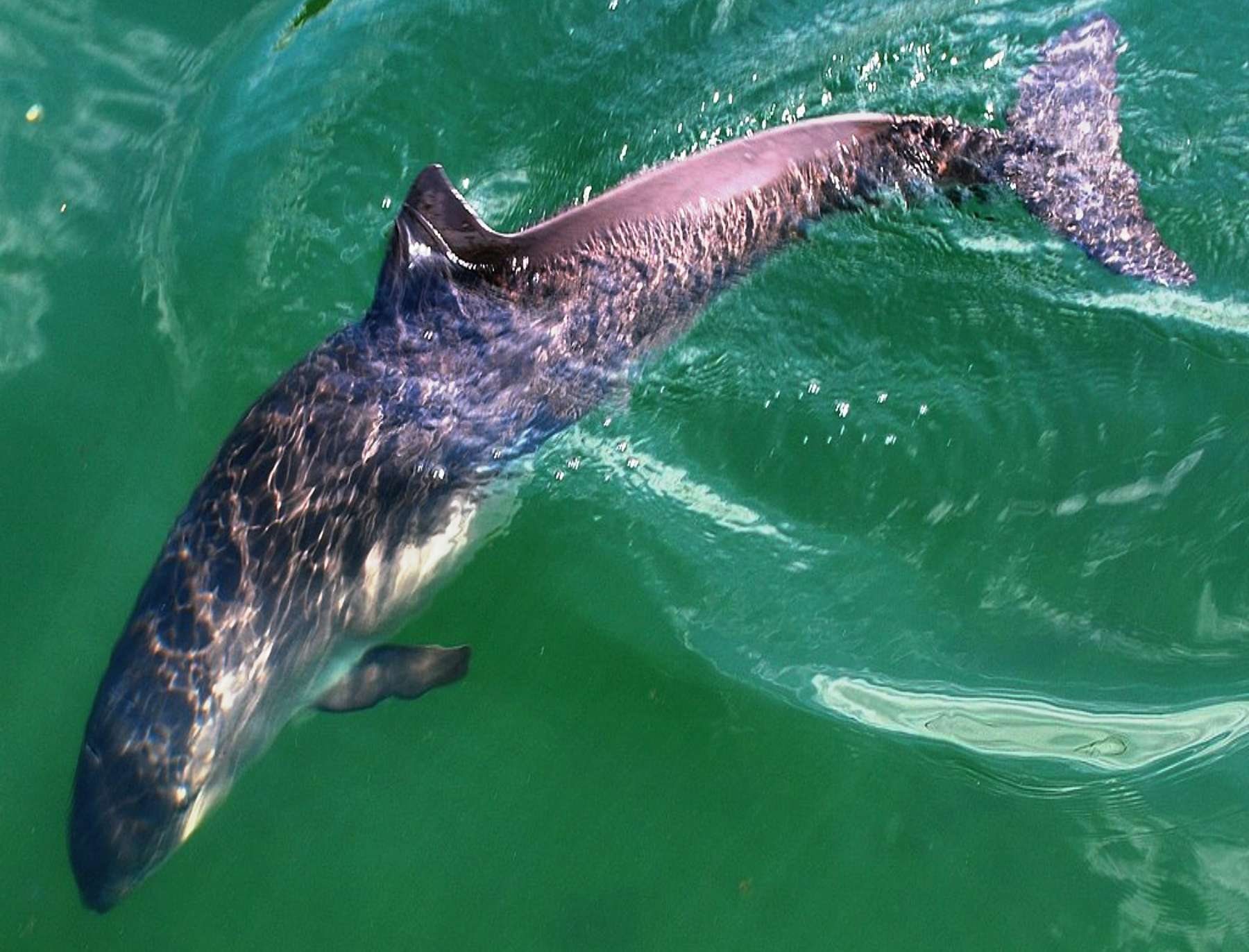
Basking Sharks: Gentle Giants of the Seas
Arran proves a surprising hub for basking sharks, often seen off the east coast in Corrie and near Lochranza on the north coast. These gentle giants typically frequent Scottish waters from April to early September, congregating for breeding in July and August.
Fun Fact: Some basking sharks can reach impressive lengths of up to 12 meters (39 feet), making them the largest inhabitants of UK waters.
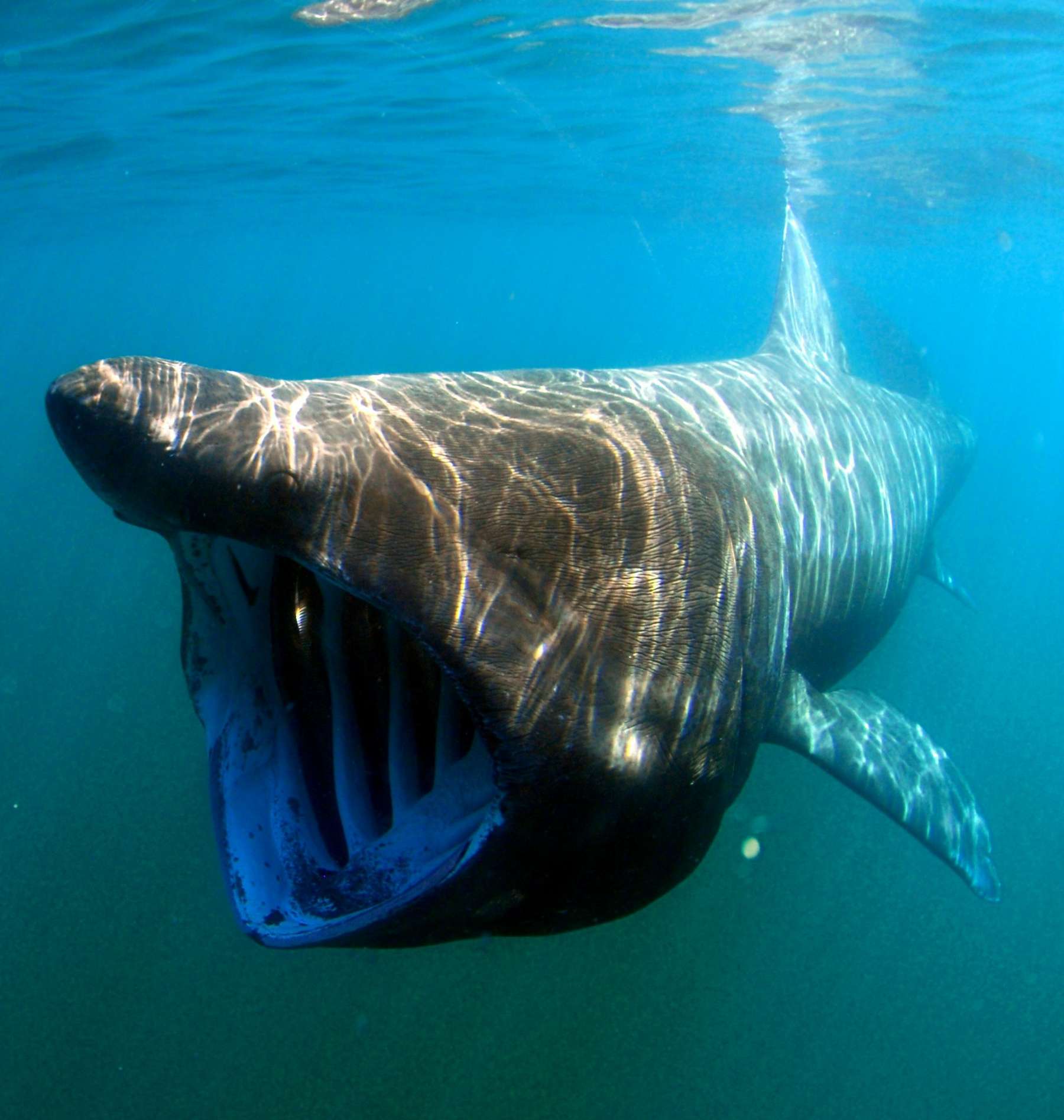
Minke Whales: Enigmatic Ocean Wanderers
Arran offers a good chance of spotting minke whales along its east coast, notably between Corrie and Lamlash. While a few may remain in Scottish waters year-round, the prime time for sightings is between July and September. Minke whales often venture close to the shoreline, providing unforgettable encounters due to their substantial size.
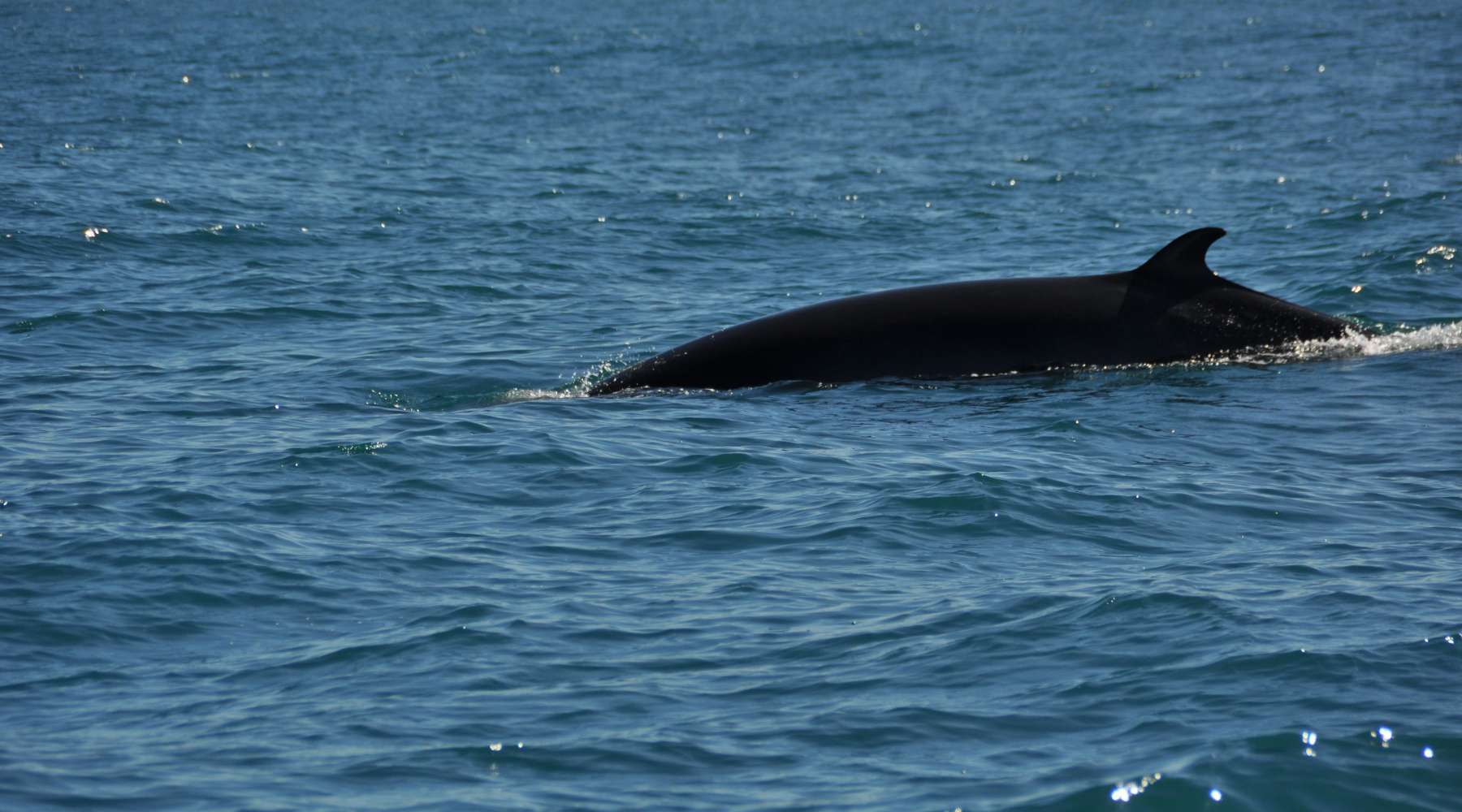
Birds on Arran: The Skies Come Alive
Arran boasts a rich avian population featuring over 250 species, including herons, bullfinches, and goldfinches. However, some of the island’s most impressive residents are its birds of prey.
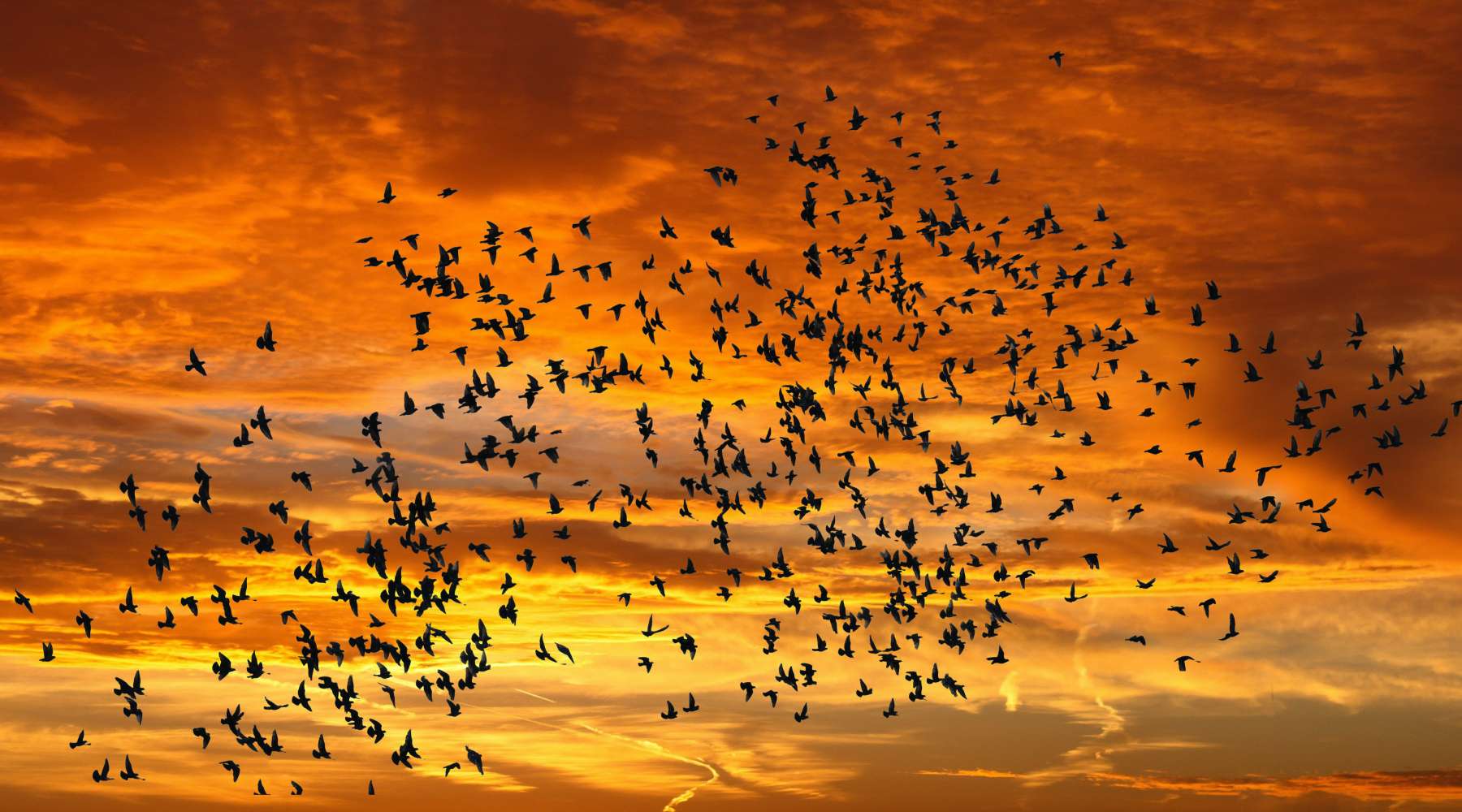
Golden Eagles: Monarchs of the Highland Skies
Nesting pairs of golden eagles grace Arran, offering a remarkable chance to spot these majestic raptors. Your best opportunity to observe them occurs during the summer in the mountainous areas near Goatfell, with Glen Rosa being an excellent choice. Arran’s golden eagles play a pivotal role in supporting the broader population across southern Scotland.
Fun Fact: Golden eagles exhibit surprising dimensions, with lengths between 66 to 102 centimetres and wingspans spanning 180 to 234 centimetres.
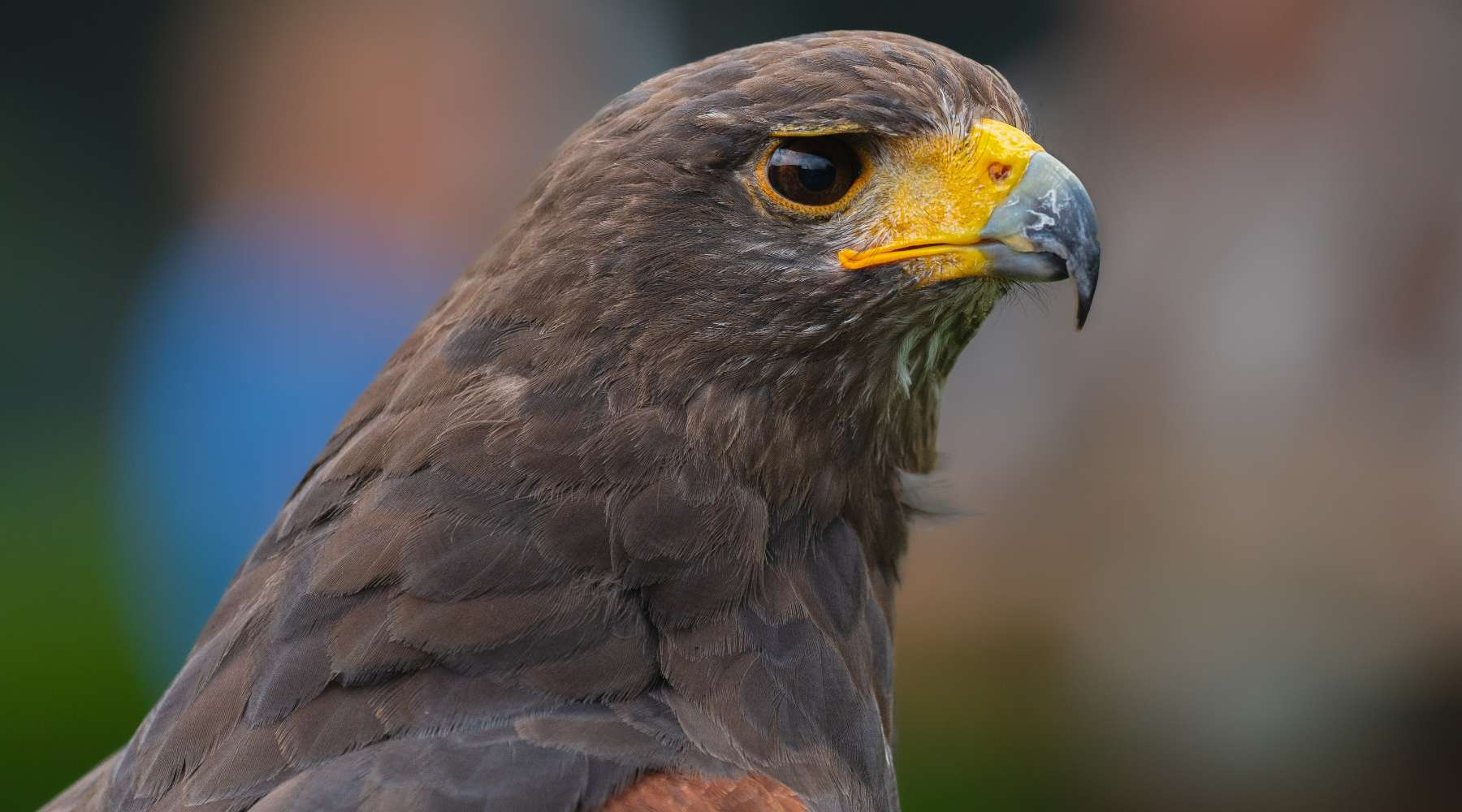
Buzzards: The Widespread Aerial Predators
Buzzards, though less awe-inspiring than golden eagles are a common sight on Arran. With wingspans ranging from 109 to 140 cm, these raptors can be spotted across the island in various terrains, making sightings a frequent occurrence.
Fun Fact: Buzzards hold the title of the UK’s most widespread bird of prey.
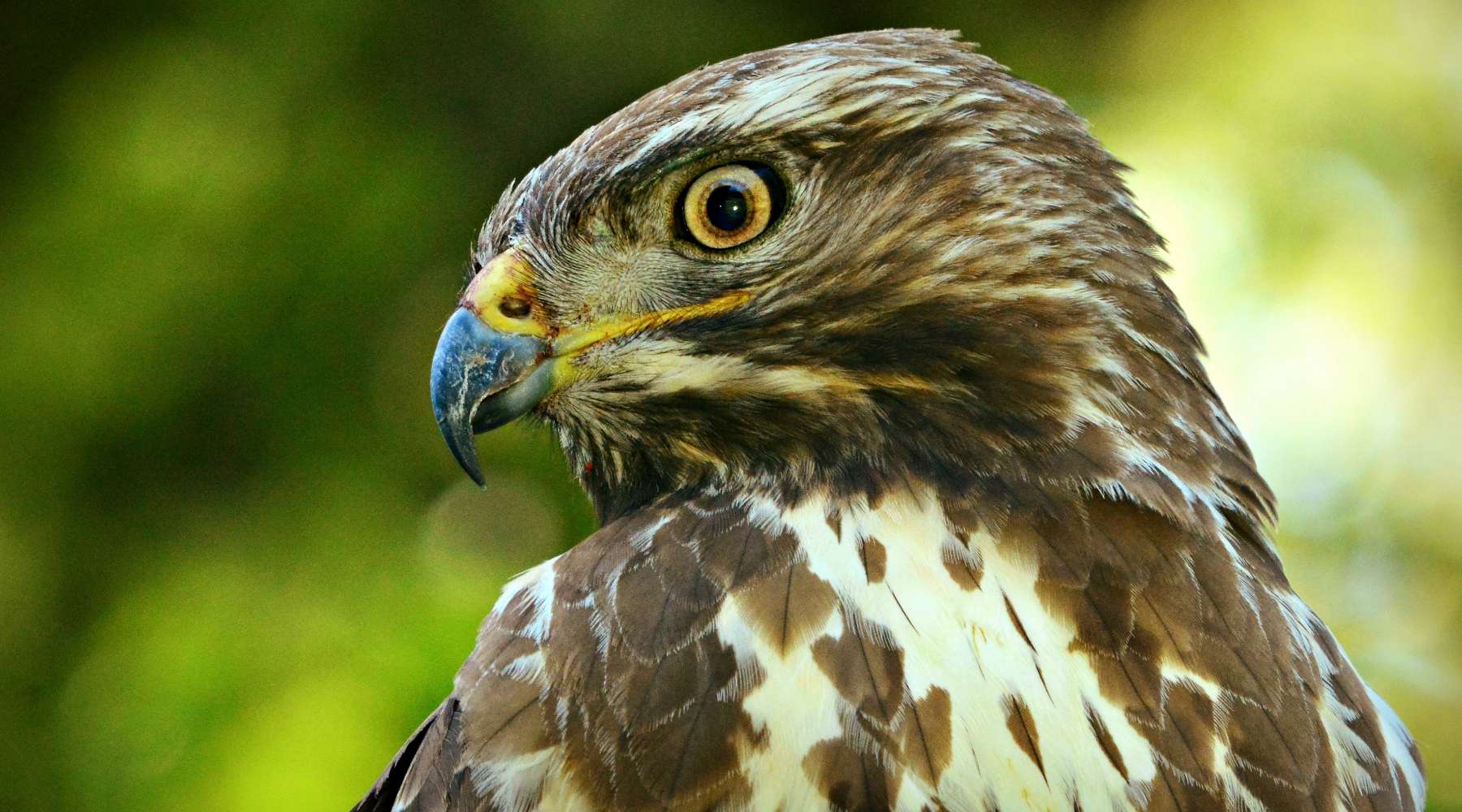
Kestrels: The Hovering Hunters
Kestrel populations have dwindled across the UK, but Arran remains a stronghold for these distinctive birds. Distinguished by their hovering hunting style, they are smaller than pigeons and perpetually on the hunt for small rodents. Widely distributed, kestrels can be seen year-round, particularly in the southern areas near the coastline.
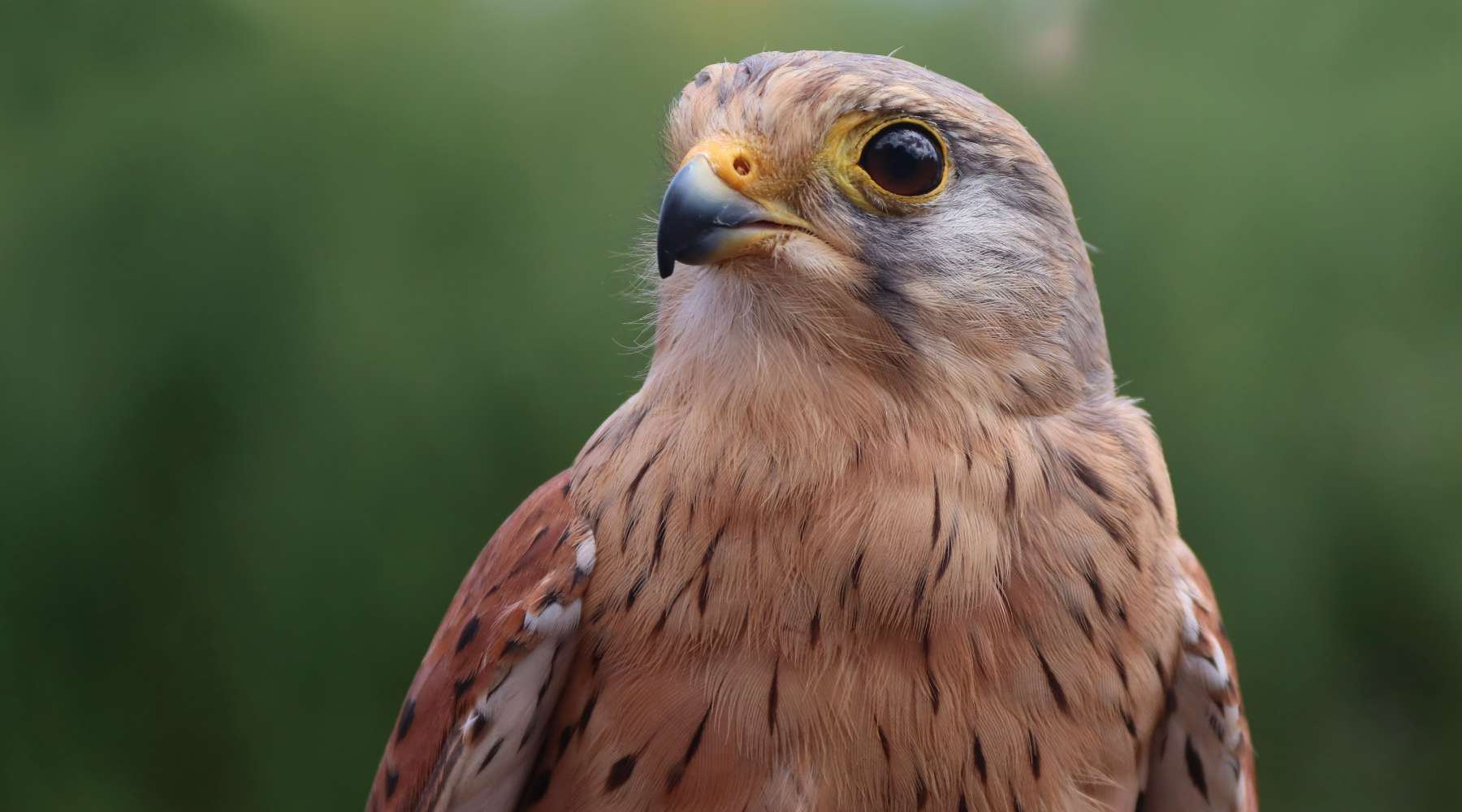
Short-Eared Owls: Day and Night Predators
Contrary to their name, short-eared owls are diurnal and nocturnal hunters. Roaming the remote stretches of Arran’s open moorlands, they are most active during early morning and early evening, preying on small rodents. These majestic owls can be observed year-round, but they become notably more prominent in winter.
Fun Fact: Short-eared owls stand out due to their unique hunting habits, venturing into both daytime and nighttime hunts.
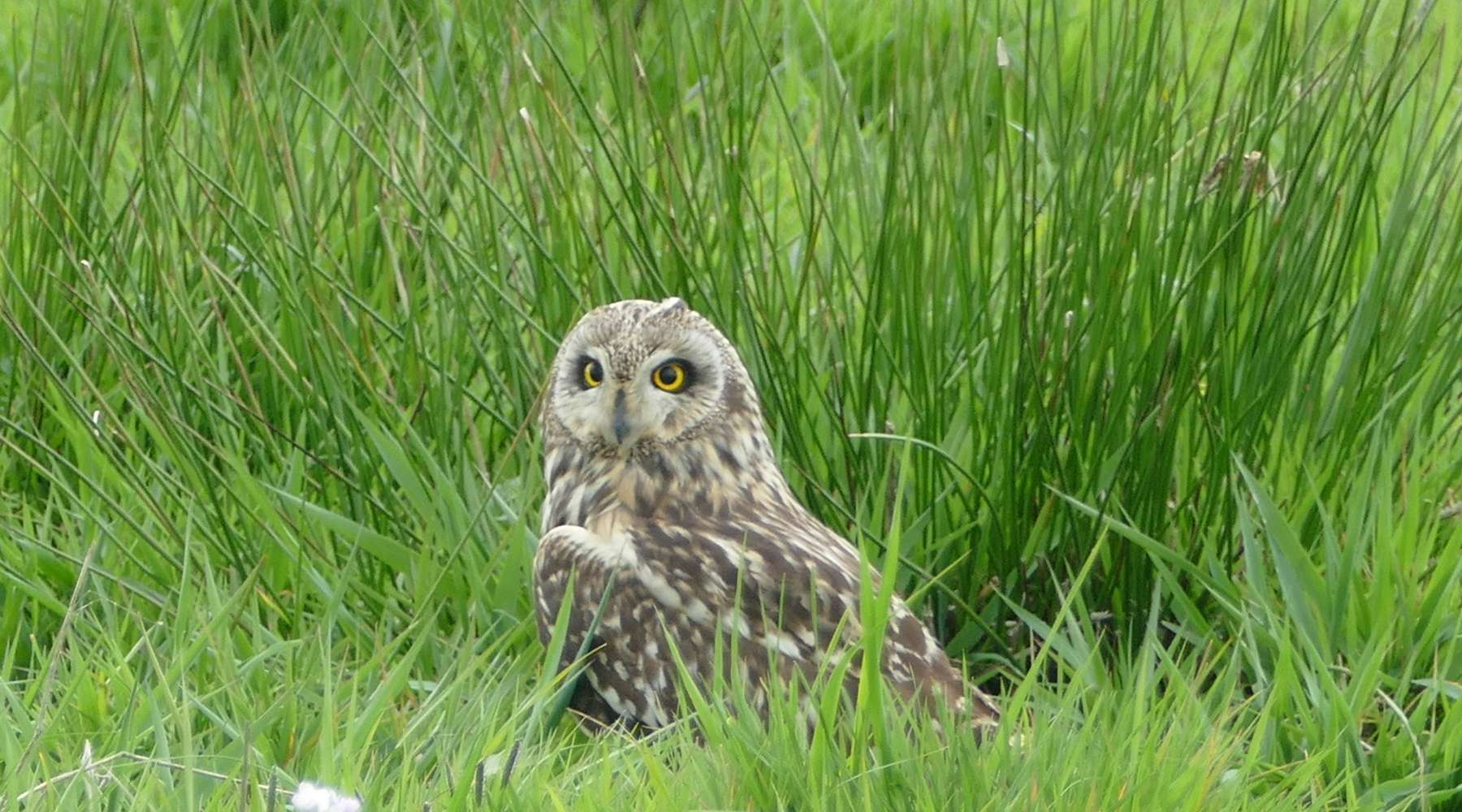
Final Thoughts and Further Exploration
Intrigued by the enchanting wildlife of Arran?
Continue your journey by exploring the island’s best hikes, accommodations, and the compelling reasons to visit.
As you embark on this remarkable journey of exploration and discovery, Arran’s natural wonders and captivating creatures await you. Thank you for joining us on this adventure, intrepid explorer, and we look forward to your next expedition.
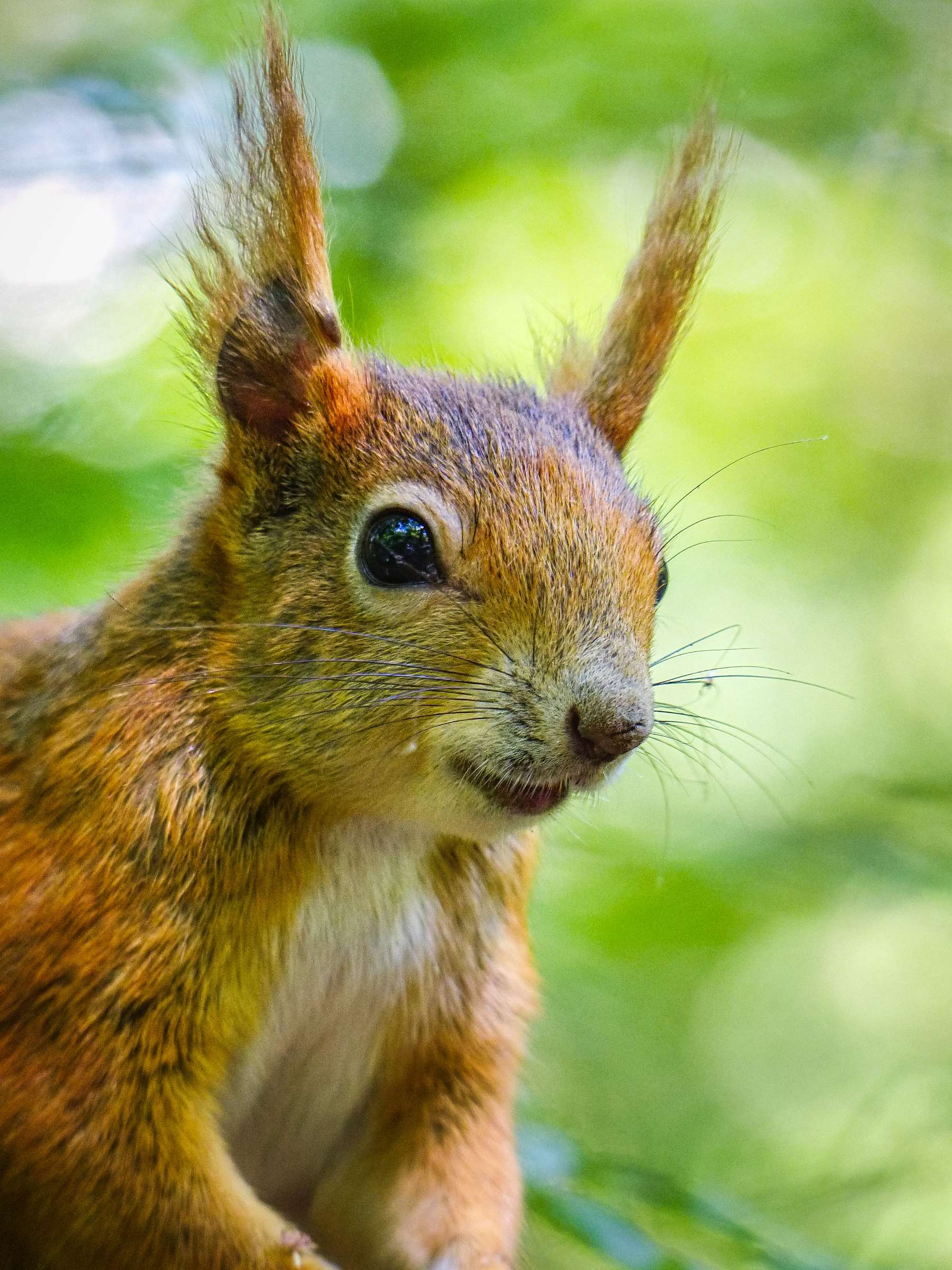


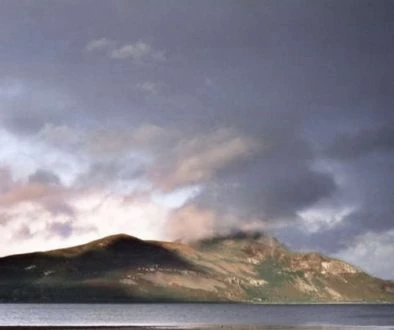

December 30, 2023 @ 9:17 pm
A very good summary of wildlife on Arran. I just hope it’s all being protected from the ravages of human beings and climate change. More data about the nature conservation effort would be cool.